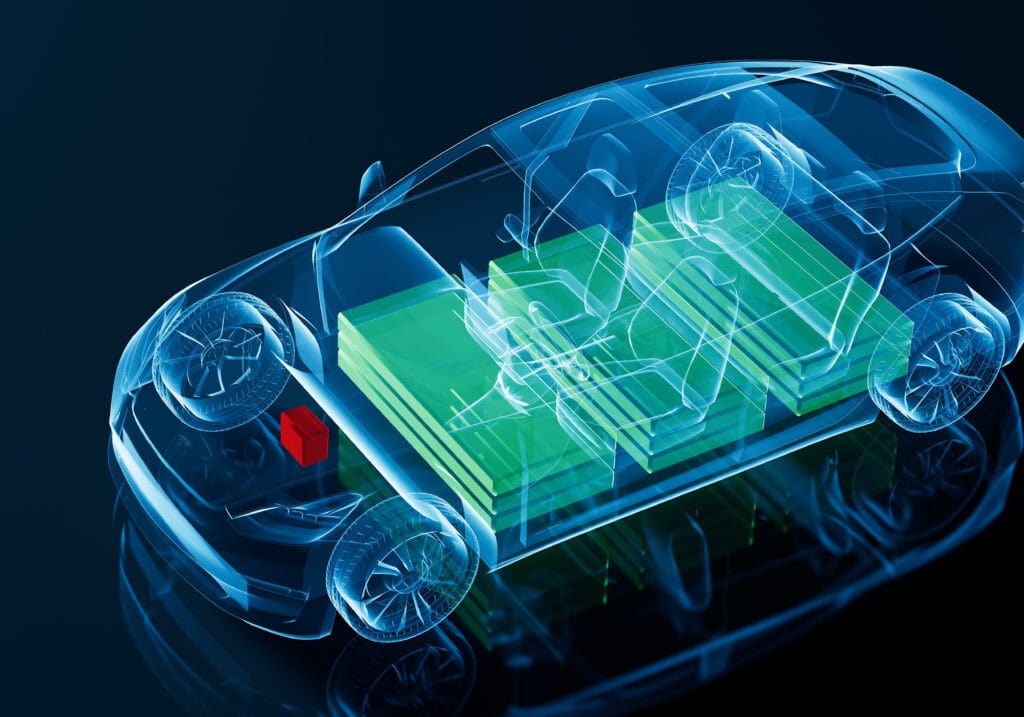As we enter the year 2025, the electric vehicle (EV) industry is poised for a major transformation. With global initiatives focused on reducing carbon emissions and a growing push toward sustainable energy solutions, the next few years will be critical for the automotive sector. One of the most exciting aspects of this transformation is the rapid advancements in electric vehicle technologies. These innovations are not only set to revolutionize how we drive but will also play a key role in reducing our environmental impact.
In this article, we will delve into the 5 next-generation EV technologies that will shape the future of electric vehicles in 2025 and beyond. From cutting-edge battery improvements to autonomous driving features and sustainable vehicle designs, the developments outlined here will have a lasting impact on the way we think about transportation.
1. Advanced Battery Technologies: Powering the Future of EVs
Solid-State Batteries: The Game Changer
One of the most anticipated developments in the EV sector is the introduction of solid-state batteries. Unlike traditional lithium-ion batteries, which use liquid electrolytes, solid-state batteries use a solid electrolyte, offering significant improvements in energy density, safety, and longevity. By 2025, this technology is expected to be a game-changer, providing EVs with longer driving ranges and faster charging times.
Benefits of Solid-State Batteries:
- Higher Energy Density: Solid-state batteries can store more energy in a smaller, lighter package, significantly improving the range of electric vehicles.
- Faster Charging: With solid electrolytes, charging times can be reduced by up to 50%, allowing for quicker top-ups and less downtime.
- Improved Safety: These batteries are less prone to thermal runaway, a major safety concern with traditional lithium-ion batteries.
By 2025, companies like Toyota, QuantumScape, and Solid Power are expected to have solid-state battery technology integrated into commercial EVs, changing the way we think about EV performance.
Lithium-Sulfur Batteries: The Low-Cost Alternative
Another promising development in battery technology is lithium-sulfur (Li-S) batteries. These batteries offer a potentially cheaper and lighter alternative to traditional lithium-ion batteries. By 2025, these could become a viable option for mass-market electric vehicles, providing consumers with lower-cost, high-performance EVs.
Advantages of Lithium-Sulfur Batteries:
- Lower Cost: Sulfur is abundant and inexpensive, potentially driving down the cost of battery production.
- Higher Efficiency: Li-S batteries have the potential to deliver higher energy capacity, which could further extend the range of electric vehicles.
Although still in development, lithium-sulfur batteries are expected to offer significant benefits for the EV market by 2025.
2. Autonomous Driving: The Road to Fully Driverless EVs
AI-Powered Autonomous Vehicles
One of the most exciting and transformative trends in the automotive industry is the rise of autonomous driving technology. In 2025, it’s expected that electric vehicles will lead the charge toward fully autonomous driving, with AI and machine learning playing a pivotal role in this shift.
Key Developments in Autonomous Driving for 2025:
- Level 5 Autonomy: By 2025, some electric vehicles will be equipped with Level 5 autonomy, meaning they will be fully autonomous, requiring no human intervention. These vehicles will navigate, accelerate, brake, and make decisions entirely on their own.
- AI and Sensor Integration: To achieve full autonomy, EVs will rely heavily on AI systems that analyze real-time data from sensors, cameras, and radar to navigate safely. These AI systems will continuously improve through machine learning algorithms, adapting to new driving conditions and environments.
- Enhanced Safety Features: Autonomous vehicles equipped with AI will significantly reduce human error on the road, lowering the risk of accidents and improving overall road safety.
Electric vehicle manufacturers like Tesla, Waymo, and others are already pushing the boundaries of autonomous driving, and by 2025, we can expect significant strides toward fully driverless EVs.
3. Charging Infrastructure: Revolutionizing the EV Charging Experience
Ultra-Fast Charging Stations
One of the biggest hurdles to EV adoption has been the time it takes to charge a vehicle. However, by 2025, ultra-fast charging stations are set to dramatically reduce charging times. These stations will be capable of charging electric vehicles to 80% in under 15 minutes, making long-distance travel in an EV more convenient than ever.
How Ultra-Fast Charging Will Change the Game:
- Convenience: With ultra-fast charging, drivers will spend less time at charging stations and more time on the road.
- Widespread Availability: As more ultra-fast charging stations are deployed across highways, urban centers, and remote areas, range anxiety will become a thing of the past.
By 2025, companies like Tesla and Ionity are expected to have extensive networks of ultra-fast charging stations, making EVs more practical for everyday use and long trips.
Wireless Charging: The Future of Charging on the Go
In addition to ultra-fast charging, wireless charging technology is also expected to make its debut in the EV market by 2025. With wireless charging, EVs will be able to charge simply by parking over a charging pad, eliminating the need for physical connections.
Benefits of Wireless Charging:
- Convenience: No more plugging in cables — drivers will simply park and let their vehicle charge wirelessly.
- Integration with Smart Infrastructure: Wireless charging could be integrated into roads and highways, allowing vehicles to charge while driving, potentially extending their range.
Although still in its infancy, wireless charging technology holds immense potential and is expected to play a major role in the future of electric vehicle infrastructure.
4. Sustainable Materials: Building the Green EV of Tomorrow
Lightweight Composite Materials
In 2025, EV manufacturers will increasingly turn to lightweight composite materials to improve efficiency and reduce energy consumption. These materials are not only lighter than traditional metals but also stronger and more durable, allowing for more efficient vehicles without compromising safety.
Examples of Lightweight Materials:
- Carbon Fiber: Lightweight and strong, carbon fiber will be used more frequently in the production of electric vehicles, helping to reduce weight and improve range.
- Recycled Materials: The automotive industry is moving toward using more recycled materials in vehicle production to minimize environmental impact.
By 2025, sustainable vehicle designs using these advanced materials will be commonplace, allowing electric vehicles to be both more eco-friendly and more efficient.
Solar-Powered EVs
Another major innovation on the horizon for 2025 is the integration of solar panels into electric vehicles. Manufacturers are experimenting with incorporating solar cells into the roofs and hoods of EVs, allowing them to charge using solar energy.
Benefits of Solar-Powered EVs:
- Increased Range: Solar panels will supplement the vehicle’s battery, providing an additional charge during sunny days.
- Sustainability: Solar-powered EVs represent a further step toward a completely sustainable transportation solution, reducing the need for external charging infrastructure.
Though fully solar-powered EVs may not be mainstream by 2025, integrating solar panels into electric vehicles could lead to more energy-efficient, self-sustaining cars in the near future.
5. Smart Vehicle Connectivity: The Future of Interactive EVs
Vehicle-to-Everything (V2X) Communication
In 2025, electric vehicles will be part of a larger interconnected ecosystem, with Vehicle-to-Everything (V2X) communication becoming a standard feature. This technology allows EVs to communicate with other vehicles, infrastructure, and even pedestrians, enabling safer and more efficient travel.
Key Benefits of V2X Communication:
- Improved Safety: Vehicles can share information in real-time, such as road conditions, traffic signals, and accident alerts, enhancing overall road safety.
- Optimized Traffic Flow: V2X will allow EVs to adjust their driving behavior based on real-time traffic data, improving efficiency and reducing congestion.
As smart cities and connected infrastructure become more common, V2X communication will be a crucial technology for 2025 and beyond.
Conclusion
The electric vehicle landscape in 2025 will be unrecognizable from what we see today. With advancements in battery technology, autonomous driving, charging infrastructure, sustainable materials, and smart connectivity, electric vehicles will become more efficient, safer, and easier to use. These technologies not only promise to revolutionize transportation but also play a significant role in our collective efforts to combat climate change and move toward a more sustainable future.
As these innovations continue to evolve, it’s clear that 2025 will be a landmark year for the EV industry. The future is electric, and the technologies discussed in this article will undoubtedly be at the forefront of the global transportation revolution.







